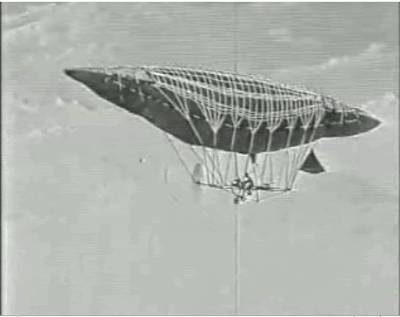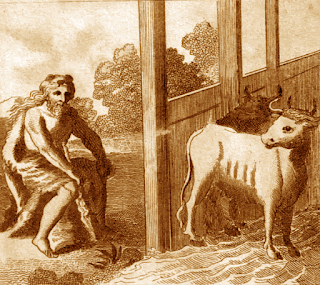The reboot of Lynn Johnston's comic strip "
For Better or For Worse" got me thinking about how some other long-running strips ended their runs. Here's how five other continuity strips handled it.
Dick Tracy - Like the characters in Johnston's strip, the cast of Dick Tracy aged and matured, albeit at a much slower rate. When
Chester Gould started the strip in 1931, Tracy and Tess Trueheart had just announced their engagement. 46 years later, when Gould retired shortly before his death, they were a middle-aged married couple with two preteen children.
When it was clear Gould could no longer produce Dick Tracy, two people were picked to take the reigns. Max Allan Collins, a mystery author, became the new writer, and Rick Fletcher, Gould's assistant took over the art. Gould's final strip was for the Sunday paper, with no goodbyes. His name remained on the credits even after his death.
Terry and the Pirates - Readers watched Terry Lee grow up while wandering around China. When
Milton Caniff started the strip in 1934, Terry was a young orphan of about twelve coming over with family friend Pat Ryan to claim his inheritance (stolen by the pirates of the strip's title). By the time Caniff left the strip in 1946, Terry had grown into adulthood and had fought in the Second World War as a combat pilot.
The Chicago Tribune-New York Daily News syndicate owned the strip and characters, not Milton Caniff, and when his salary demands were rebuffed, he quit. His final sequence ran on New Year's Eva, 1946. Terry says goodbye to a girl he's in love with. In the very last panel there's a poster on a wall, ostensibly celebrating the new year -- "Ring out the old, ring in the new."
George Wunder took over the strip until its cancellation in .
Steve Roper and Mike Nomad - This comic started out as a humor strip in 1936 as "Big Chief Wahoo." Elmer Woggon handled the drawing, and Allen Saunders the writing. Steve Roper was introduced as a supporting cast member, and during the Second World War he enlisted. During that time, the strip became more serious and after the war, Big Chief Wahoo and his milieu were gone. The strip ran as "Steve Roper," for a number of years. Roper was a photojournalist and later a magazine editor whose nose for news lead to many adventures.

In the 1960's one of his war buddies, a trucker named Mike Nomad started taking center stage. Nomad was a little younger than Roper, and a lot more impetuous. He was eventually given co-billing. In the declining years of the strip (now drawn by Fran Matera and written by John Saunders), Roper retired and moved to Florida where he continued to have adventures for the Sunday strip. Nomad finally reached the end of the line when the strip was canceled. In the final sequence, Roper returns to New York to deliver a message to his old friend. The last words of the strip are Steve Roper's: "Mike, it's time to retire."
Steve Canyon - After leaving "Terry and Pirates," Milton Caniff started Steve Canyon in 1946. In many ways, it was a continuation of Terry. Canyon was an Air Force pilot who had several globe-trotting adventures, but more often than not ended up in Asia. Characters also grew over time, and when Caniff retired in 1988, so did Canyon.
An attempt was made to continue the strip by starting it over. Unlike Johnston's reboot, there was no new art. The last original panels Caniff did had Canyon dictating his memoirs, setting up the flashback to the first sequence.
Unfortunately, the size allotted to an individual comic strip had shrunk significantly over the years, and Caniff's intricate artwork looked like mud when squashed down to smaller dimensions. It was canceled after Caniff's death with a farewell panel signed by many of his colleagues in 1988.
Gasoline Alley - This strip is probably the closest to "For Better or For Worse" in many ways. It, too, involves the everyday life of a family. The characters age at a more or less normal rate, and there's a continually expanding cast of characters.
Frank King began the strip in 1918, initially centered around a group of guys hanging out in the Gasoline Alley garage. Soon a baby was left on the doorstep of main character Walt Wallet, and the strip took a new direction.
The founding, Skeezix, grew up over the years, fought in the Second World War and raised a family of his own. When Frank King retired in 1951, his assistant
Dick Moores took over the strip (although the masthead didn't change). He introduced some new characters and let some of the older ones go by the wayside. When Moores died in 1986, his assistant
Jim Scancarelli became the new artist and writer. He, too, has introduced new characters and retires some of the ones that Moores introduced. The strip continues today, going in the same general direction it always has.
- Ralph
Day 80 of the
WJMA Web Watch.





















